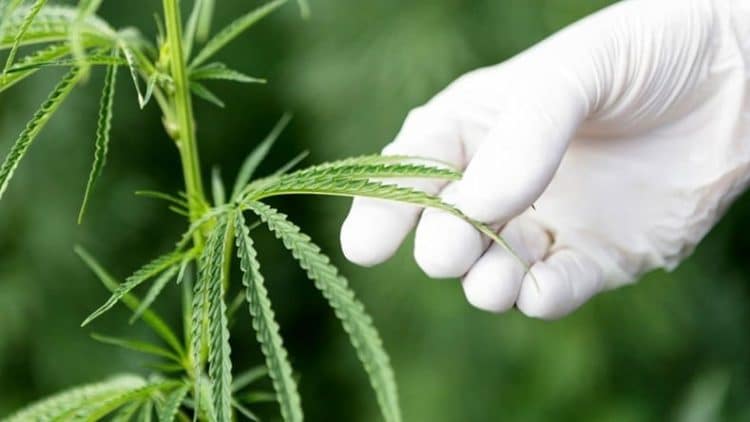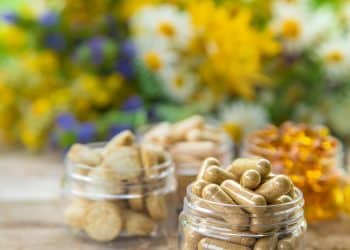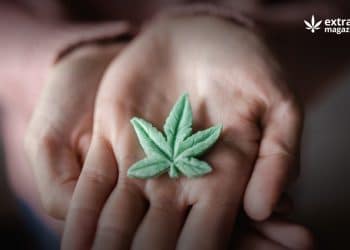What Ingredients in Cannabis Does the FDA Say May or May Not be GRAS?
The term “Generally Recognized as Safe” (GRAS) is a designation that’s given out by the Food and Drug Administration (FDA). But what does it mean when a substance is recognized as GRAS? And how does the FDA go about determining what’s GRAS and what isn’t?
According to the Federal Food, Drug, and Cosmetic Act (FFDCA), any substance that is intentionally added to food is considered a food additive. Because they are considered a “food additive,” such substances are “subject to premarket review and approval for use” by the FDA, unless the substance is generally recognized, among qualified experts, as being adequately safe under the conditions of its intended use. In other words, those substances that are considered additives have to go through a rigorous approval process that we will discuss below. But, certain things that we add to our foods are so safe and so commonly found, that experts have agreed they do not need premarket review for approval, and so are labeled GRAS—they can be added to any food without further ado.
Food additives have to follow specific tolerance requirements. Interestingly, even though the GRAS stamp of approval is administered by the FDA, it’s not the FDA itself that determines these tolerance limits: the FFDCA empowers the Environmental Protection Agency (EPA) to determine this. For example, the EPA sets maximum residue limits for pesticide residues on foods. This maximal limit is another word for “tolerance,” and pesticides that the EPA hasn’t determined a tolerance for are automatically considered unsafe at any levels of exposure. Importantly, once a tolerance for any food additive is established, testing residual levels above this tolerance is the trigger for enforcement action, such as seizure of the offending foods by the government, or the order of a national recall.
In light of these findings, let’s consider what substances from cannabis would be considered food additives. The FDA has already determined that THC and CBD are considered additives, and since cannabis is still labeled a controlled substance by the federal government, it has officially forbidden their addition to any foods or beverages intended for interstate commerce.
Recently, the FDA has said that these three ingredients from cannabis are GRAS: hulled hemp seed, hemp seed protein powder, and hemp seed oil. The main approved intended uses for these ingredients are supplemental sources of protein, carbohydrates, oil, and other nutrients. Importantly, products that contain any of these hemp seed-derived ingredients must declare them by name on the ingredient list, as with all other ingredients.
Since we already ruled out cannabinoids, what about the much more commonly found terpenes? Looking at section 172.515: “Synthetic flavoring substances and adjuvants” of the Code of Federal Regulations (Chapter 21), we happily discover that many if not most of our favorite terps are happily designated as GRAS, including linalool, beta-caryophyllene, myrcene, and many others. That’s all well and good. But what about if the terpenes come from cannabis? According to Rod Kight, creator of Cannabusiness.Law and author of Kight on Cannabis, cannabis-derived terpenes “represent virgin legal territory”. Although terpenes themselves are clearly and inarguably of legal stature, he writes, those derived from cannabis theoretically remain federally prohibited because they “fall within the [Controlled Substances Act] broad definition of ‘marihuana’.” Kight makes the analogy to the way the DEA looks at CBD, which it treats as legal or not, depending on its source.
We live in interesting times. Many aspects surrounding the legality of cannabis are being challenged at both the state and federal level, from the legislative and judicial branches of government, and I believe we are poised to see many changes happen on this front very soon.
Image Credit: HBW Insight












